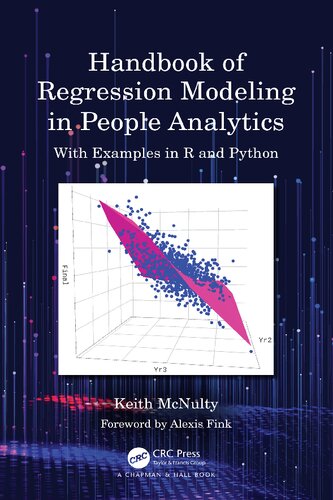

Most ebook files are in PDF format, so you can easily read them using various software such as Foxit Reader or directly on the Google Chrome browser.
Some ebook files are released by publishers in other formats such as .awz, .mobi, .epub, .fb2, etc. You may need to install specific software to read these formats on mobile/PC, such as Calibre.
Please read the tutorial at this link: https://ebookbell.com/faq
We offer FREE conversion to the popular formats you request; however, this may take some time. Therefore, right after payment, please email us, and we will try to provide the service as quickly as possible.
For some exceptional file formats or broken links (if any), please refrain from opening any disputes. Instead, email us first, and we will try to assist within a maximum of 6 hours.
EbookBell Team

5.0
80 reviewsDespite the recent rapid growth in machine learning and predictive analytics, many of the statistical questions that are faced by researchers and practitioners still involve explaining why something is happening. Regression analysis is the best ‘swiss army knife’ we have for answering these kinds of questions.
This book is a learning resource on inferential statistics and regression analysis. It teaches how to do a wide range of statistical analyses in both R and in Python, ranging from simple hypothesis testing to advanced multivariate modelling. Although it is primarily focused on examples related to the analysis of people and talent, the methods easily transfer to any discipline. The book hits a ‘sweet spot’ where there is just enough mathematical theory to support a strong understanding of the methods, but with a step-by-step guide and easily reproducible examples and code, so that the methods can be put into practice immediately. This makes the book accessible to a wide readership, from public and private sector analysts and practitioners to students and researchers.
Key Features:
• 16 accompanying datasets across a wide range of contexts (e.g. academic, corporate, sports, marketing)
• Clear step-by-step instructions on executing the analyses.
• Clear guidance on how to interpret results.
• Primary instruction in R but added sections for Python coders.
• Discussion exercises and data exercises for each of the main chapters.
• Final chapter of practice material and datasets ideal for class homework or project work.